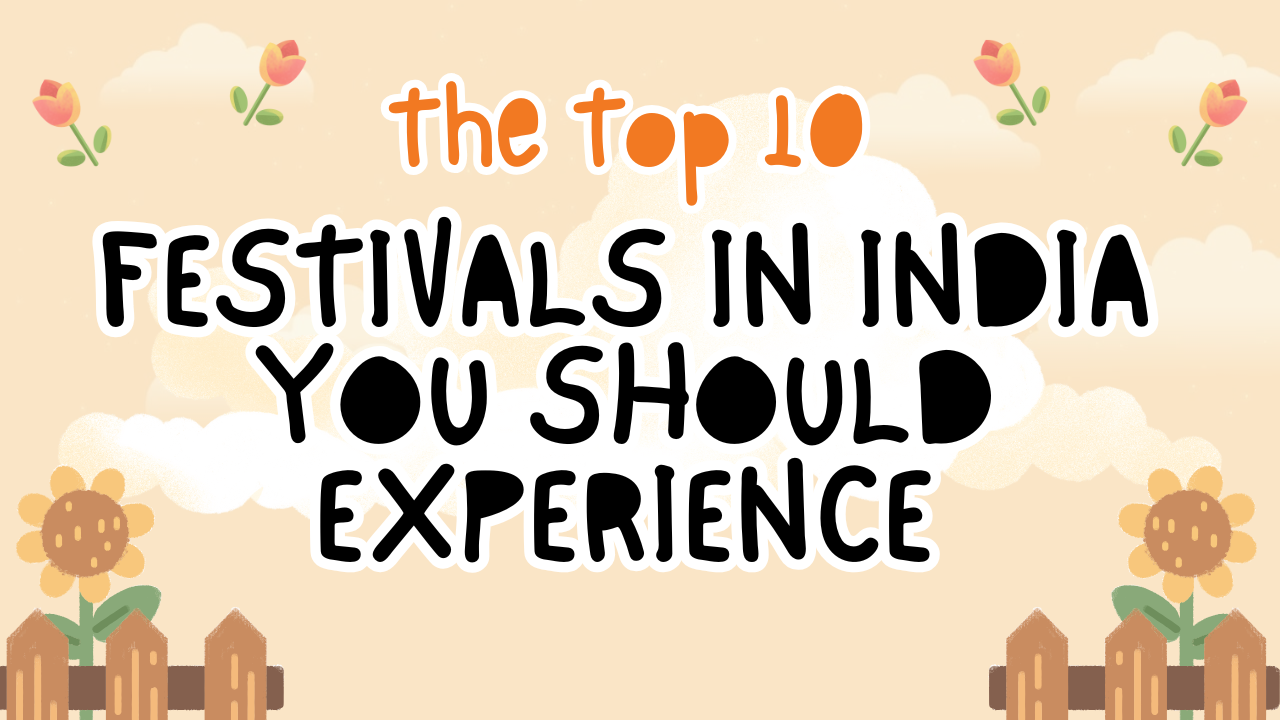India is a land of vibrant cultures and rich traditions, and nothing showcases its diversity better than its festivals. Whether you’re looking for a spiritual experience, a cultural adventure, or just an excuse to celebrate, Indian festivals offer something for everyone. Here’s a list of the top 10 festivals in India that you absolutely must experience.
Table of Contents
Diwali – The Festival of Lights

Arguably the most famous Indian festival, Diwali symbolizes the victory of light over darkness and good over evil. Celebrated with lamps, fireworks, sweets, and prayers, Diwali is best experienced in cities like Varanasi, Jaipur, and Delhi.
Holi – The Festival of Colors
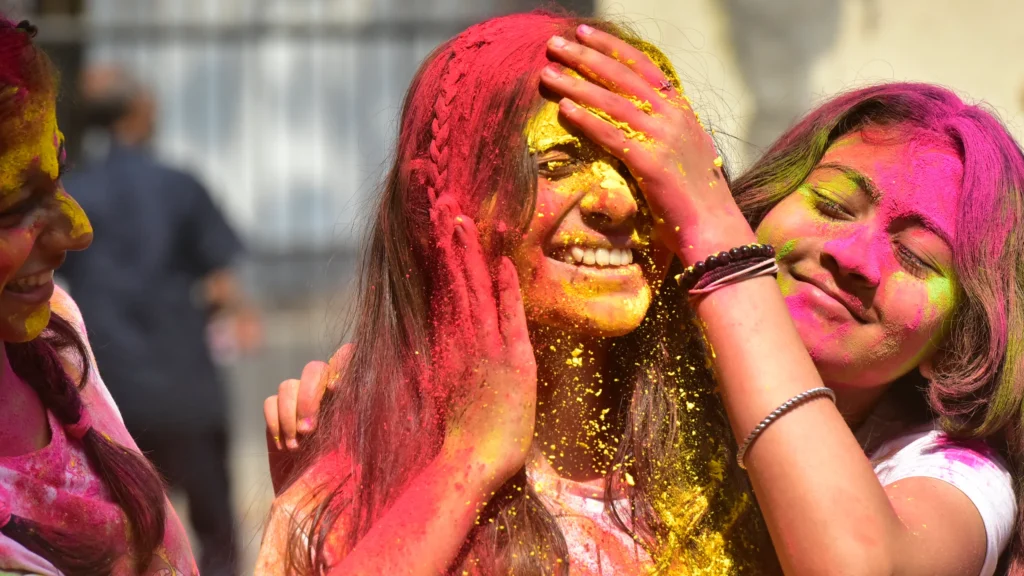
Holi is one of the most joyous festivals, where people throw colored powders at each other, dance to music, and feast on sweets like Gujiya. The best places to celebrate Holi include Mathura, Vrindavan, and Barsana.
Navratri and Durga Puja
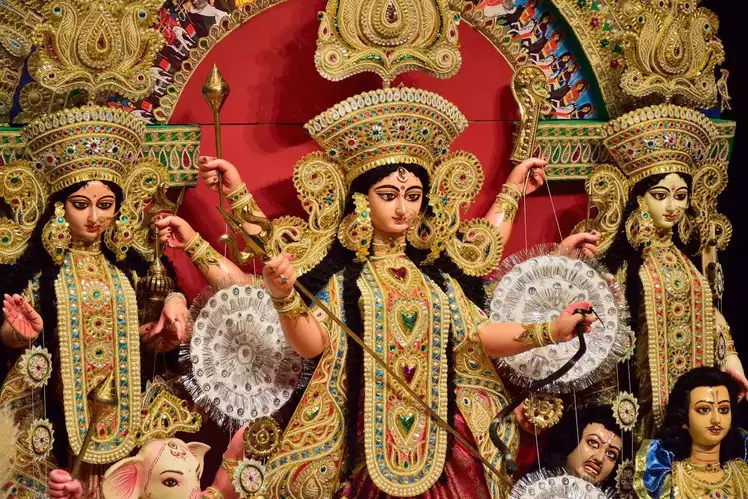
While Navratri is celebrated with nine nights of dancing (Garba and Dandiya) in Gujarat, Durga Puja in West Bengal is a grand affair with beautifully crafted idols, cultural performances, and massive feasts.
Ganesh Chaturthi – Celebrating Lord Ganesha

Ganesh Chaturthi marks the birth of Lord Ganesha. The highlight of this festival is the immersion of huge Ganesh idols into water bodies. Mumbai’s celebrations are particularly grand, with massive processions and devotional fervor.
Eid-ul-Fitr – A Festival of Joy and Gratitude

Eid-ul-Fitr marks the end of Ramadan and is celebrated with feasts, prayers, and charity. Cities like Delhi, Hyderabad, and Lucknow o ffer the best Eid experience with their bustling markets and mouth-watering Biryani.
Pongal – The Tamil Harvest Festival

Celebrated in Tamil Nadu, Pongal is a thanksgiving festival for the sun, bringing prosperity to farmers. Traditional dishes like Sakkarai Pongal (sweet rice) are made, and homes are decorated with colorful rangoli designs.
Onam – The Pride of Kerala
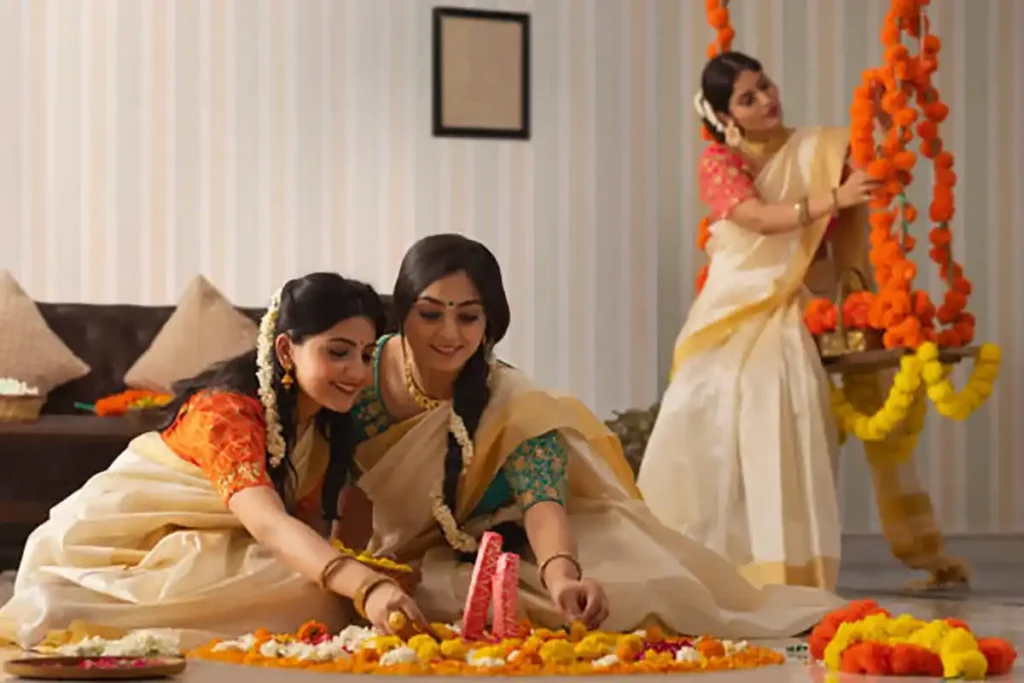
Onam is Kerala’s biggest festival, marking the homecoming of the mythical King Mahabali. It features extravagant feasts, floral decorations, and the thrilling snake boat races.
Pushkar Camel Fair – A Cultural Extravaganza
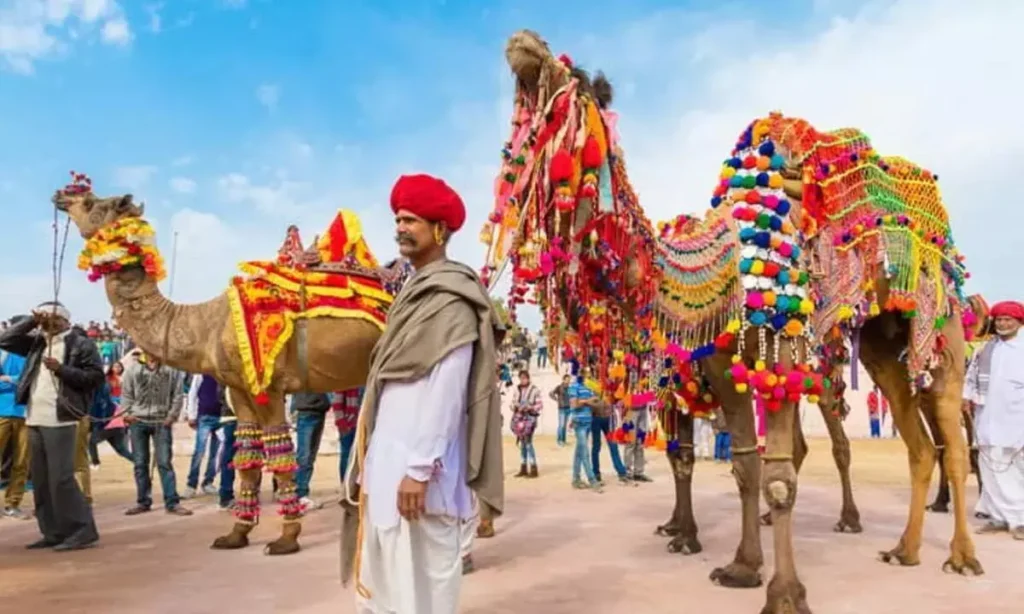
This is one of the most unique festivals in India, where thousands of camels are decorated and traded. It also includes folk performances, competitions, and spiritual gatherings.
Kumbh Mela – The Largest Religious Gathering
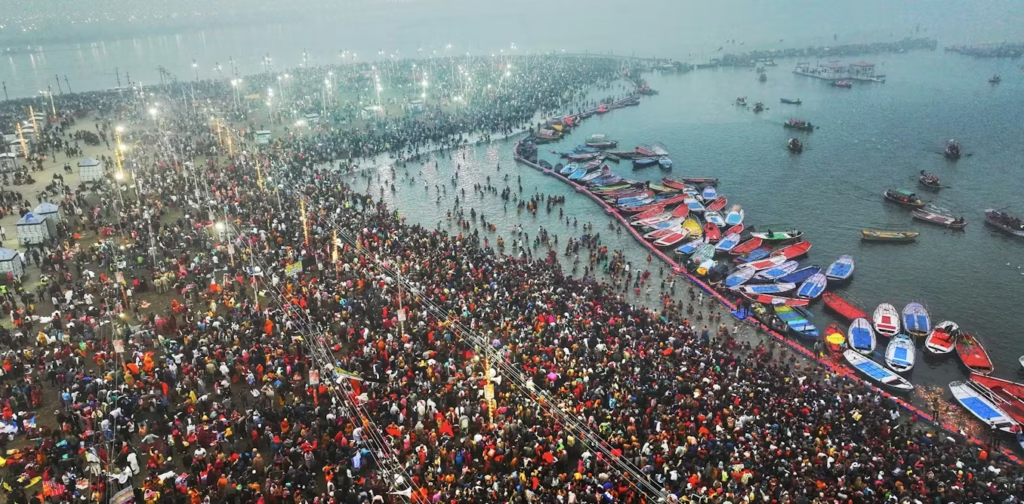
Held every 12 years at four different locations, Kumbh Mela attracts millions of pilgrims who take a holy dip in the sacred rivers. It is the world’s largest peaceful gathering and a truly mesmerizing experience.
Conclusion
Indian festivals are a window into the country’s soul. From the colorful and chaotic Holi to the spiritually enlightening Kumbh Mela, every festival tells a story of tradition, community, and devotion. Whether you’re a traveler or just a festival enthusiast, these celebrations should be on your bucket list!

